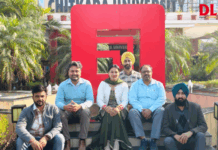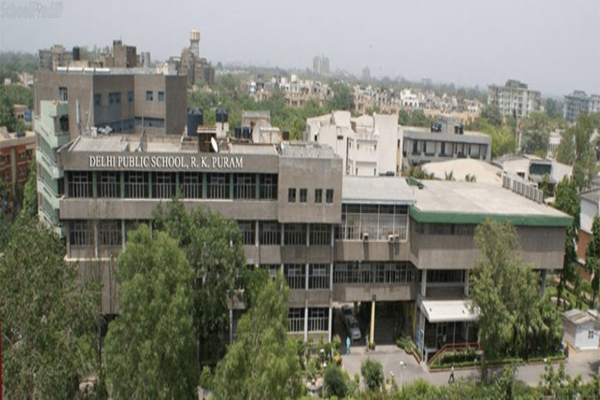Today the education system is at the crossroads. Most countries that have dopted a formal education system have been inspired by Macaulay’s ideology, re facing the challenges of ensuring enrollment, quality of education and learning. Critiques would say, what use of the 3 Rs, if they make you nothing ut literate, and with not adequate skills, its hardly worth sending children to school. Yet, for education to become holistic, one has to integrate it with skills, capacities and experiences that enhance the quality of life, and cater to the development of a complete human being. Non-Formal Education fits the bill well. With the advent of computers in education, many innovative efforts have been put in place to make it possible for a wide range of community members to access education that is relevant to their livelihoods and fulfills the educational objectives. UNESCO’s efforts in Asia, as in other regions of the world are remarkable. They have helped in designing effective programmes to use ICTs for non-formal education. The range of examples where in relevant knowledge is gained through the use of new technologies, and use of omputers, community radio, etc. that are covered in this issue of Digital Learning gives a flavour of this sector. It is very exciting to induct the learners in a peer- upported learning environment gives us hope that this indeed could be an effective strategy for ensuring that the society, especially in rural areas in developing countries leapfrog into the knowledge economy. Under the broad rubric of non-formal education, the communities and members have an ffective way of asking questions, learning about new developments, health, farming practices, improvement in skills, market linkages etc. It aims to fulfill the goal of Basic Education for All. Non-government organizations, formal schools, campaigns, and facilitators all join hands to provide responsive and relevant solutions – for young learners and adults. Thus the scope of use of CTs – be it radio, video, television, or computer aided (using very advanced earning management systems) in non-formal education and to achieve the oals comes closer to reality. What we need is more stories to learn and share, and replicate, so that all of us can contribute our bit in achieving the illennium Development Goals. Think Globally, Act Locally is ever so relevant now!



















